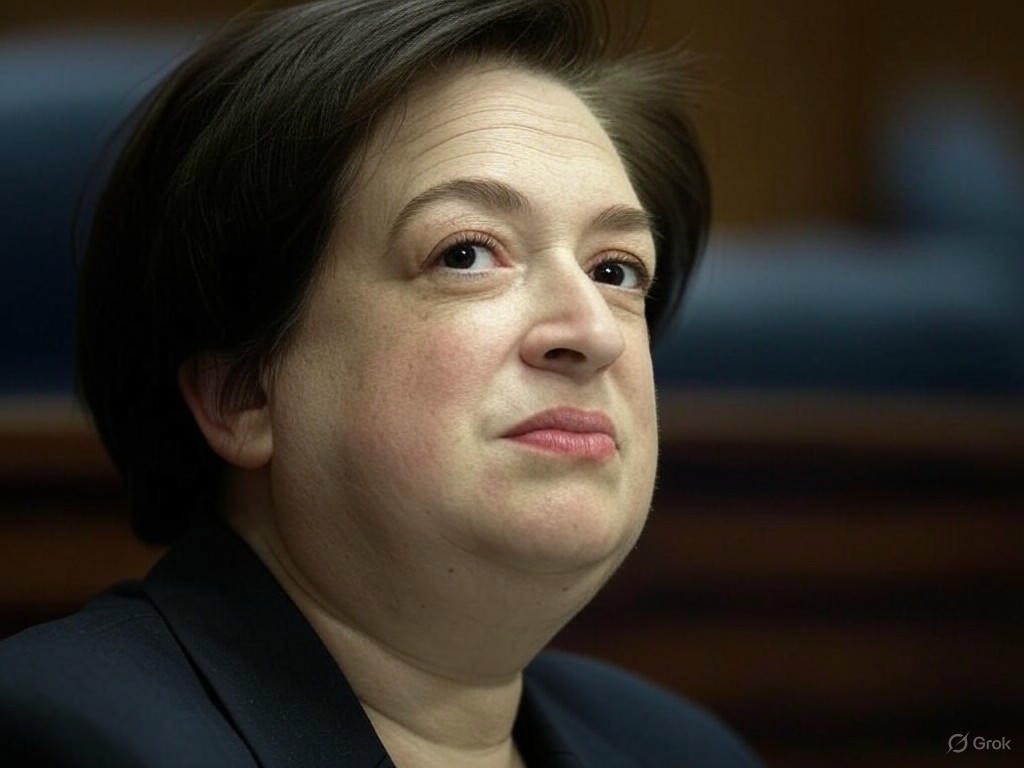In a surprising turn of events, Supreme Court Justice Elena Kagan, long regarded as a steadfast liberal voice, has recently aligned herself with conservative justices on several key rulings. This unexpected shift has sent ripples through the legal and political spheres, raising questions about the dynamics within the Court and the future of ideological balance. Kagan, appointed by President Barack Obama in 2010, has historically championed progressive causes, often siding with the liberal bloc on issues like healthcare reform and civil rights. Yet, recent decisions reveal a pattern of agreement with her conservative counterparts, leaving analysts and observers puzzled.
The roots of this change appear to lie in a combination of pragmatic strategy and evolving judicial philosophy. Some legal experts suggest that Kagan may be prioritizing consensus over ideological purity, seeking to bridge divides in a Court that has often been sharply polarized. By aligning with conservatives on select cases, she could be aiming to temper extreme outcomes or build coalitions that prevent more divisive rulings. Others speculate that her votes reflect a nuanced interpretation of the law that transcends traditional left-right boundaries, focusing on legal precedent over partisan outcomes. For instance, in a recent case involving regulatory oversight, Kagan sided with conservative justices to uphold limits on federal agency power, a decision that surprised many given her past support for expansive governmental authority.
This shift has not gone unnoticed by her liberal colleagues, with whispers of tension emerging from within the Court’s progressive wing. While public disagreements among justices are rare, subtle dissents and written opinions hint at a fracture in what was once a united front. Critics argue that Kagan’s moves risk undermining key liberal priorities, especially at a time when issues like voting rights and environmental protections hang in the balance. Supporters, however, view her actions as a calculated effort to maintain influence in a Court that leans conservative following years of strategic appointments. By finding common ground, she may be positioning herself as a pivotal figure capable of swaying outcomes in critical cases.
Beyond the courtroom, Kagan’s unexpected alliances have sparked broader discussions about the nature of judicial independence. Is she responding to a changing political landscape, or is this a reflection of personal growth in her legal thinking? Some commentators point to the increasing complexity of modern legal challenges, which often defy clear ideological categorization, as a driving factor. Others see it as a reminder that justices, despite their perceived affiliations, are not bound by party lines but by their interpretation of the Constitution.
As the Supreme Court continues to tackle contentious issues, all eyes will remain on Elena Kagan. Her recent conservative leanings may signal a new era of unpredictability in the nation’s highest court, challenging assumptions about ideological loyalty. Whether this is a temporary pivot or a lasting transformation, one thing is clear: Kagan’s evolving stance is reshaping the conversation around justice and compromise in America’s legal system.
